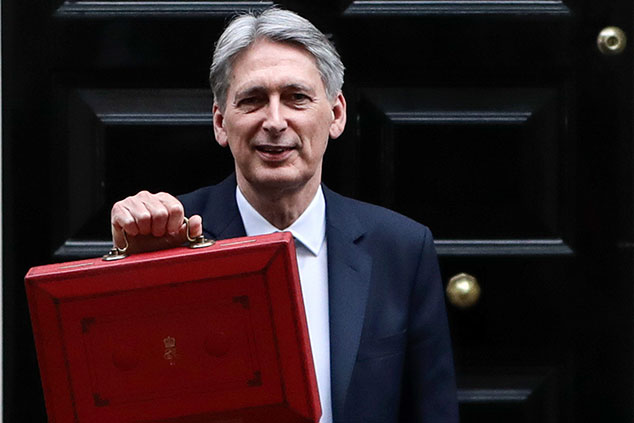
Chancellor Philip Hammond should scrap the lifetime individual savings account (Lisa), bring in flat-rate tax relief on pensions, and remove the lifetime allowance (LTA). These were the recommendations of the Treasury Select Committee, in a report published last week.
The committee’s main recommendation is that the current system of tax relief – whereby savers get tax relief on pension contributions at their highest marginal rate of income tax – should be replaced with a single flat rate. As MPs point out, the current system means that savers on high incomes get a disproportionate share of the annual £41bn in pension tax relief – more than 50% goes to those earning above £50,000.
Higher-rate taxpayers might be more keen on the committee’s idea of abolishing the LTA, currently set at just over £1m. If you build up a pension fund worth more than that (including investment growth and employer’s contributions), you face punishing tax penalties. This overly complicated system should be scrapped in favour of a lower annual allowance on pension contributions, said the committee. Currently, the annual allowance stands at £40,000 for most savers (although it’s worth remembering that as recently as 2011, this was £255,000).
Finally, the committee reckons that the government should scrap Lisas. These were only introduced two years ago, and are designed to help savers under the age of 40 to build up cash to buy a first house, and to get them started on saving for retirement. But although Lisas are steadily growing in popularity, MPs complained that the Lisa rules are confusing, and that the ability to save for a property might also dissuade people from saving into their workplace pension, where they benefit from an employer’s contributions.
MPs also hope that expanding the scope of auto-enrolment, under which all employees are automatically joined to their employers’ schemes, would help self-employed workers, who typically save less for retirement and tend to be less well-off.
Taken together, these measures should help less affluent families save more by redistributing taxpayer-funded support for savings from the wealthy, argue the MPs. A lower annual allowance and the end of pensions tax relief paid at 40% or even 45% would raise very significant sums from the most affluent, while higher earners may find it easier to plan for retirement if the LTA is scrapped entirely.
But will it actually be scrapped?
The abolition of higher-rate tax relief on pension contributions has repeatedly proved to be the dog that didn’t bark. But while successive chancellors have toyed with the idea of reform, only to pull back in fear of a backlash from middle-class savers, the Treasury Select Committee’s report, backed by MPs from all parties, gives Philip Hammond more cover for taking action than any of his predecessors.
The chancellor would certainly be drawn to the revenue-raising possibilities. The Resolution Foundation, a think tank that works to improve the living standards of those on low incomes, reckons that a flat-rate relief worth 25% of contributions would cut the annual cost of pension tax breaks by £4bn a year, while still generating greater benefits for basic-rate taxpayers. If Hammond believes he could position such a shift as a redistributive measure, helping low and middle earners by taking from the wealthy, he might be tempted to risk such a bold move. Any savings could even be earmarked for the NHS, always popular.
Yet reform isn’t easy. It would cause headaches for many occupational pension schemes, for example, and it’s certainly a political gamble. So do top up your pension if you have the opportunity – but equally, don’t be surprised if tax relief gets yet another reprieve.
MPs seek to extend pensions freedoms
A campaign launched last week – with the support of six MPs – wants to persuade the government to make it easier for savers with annuities to cash them in
for a lump sump.
Campaigners have been arguing for a change in the rules since 2016, when the government ditched plans to allow pensioners with an annuity – a product that you can buy from an insurance company that provides a guaranteed regular income for life – to sell their contracts, in order to unlock a cash lump sum.
That would effectively have given annuity holders access to the same rights as other savers were granted under the pensions freedom reforms of 2015.
Now, the Your Pension Your Choice campaign is launching a new front in this fight to free pensioners from what it claims is an “annuity trap”, in which even pensioners receiving very small annuity incomes find it almost impossible to swap the money for a potentially more useful lump sum. The campaign is backed by MPs from all the major political parties.
However, opponents point out that Your Pension Your Choice is financed by a subsidiary of DRB Capital, a large American company that makes much of its money from buying annuities in the US. They also warn that plans for a secondary annuity market were shelved due to fears that people would receive poor value when selling their annuity contracts. The government said earlier this year that it had no plans to reverse this decision.